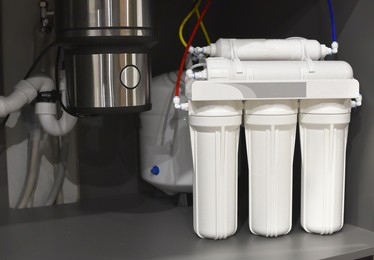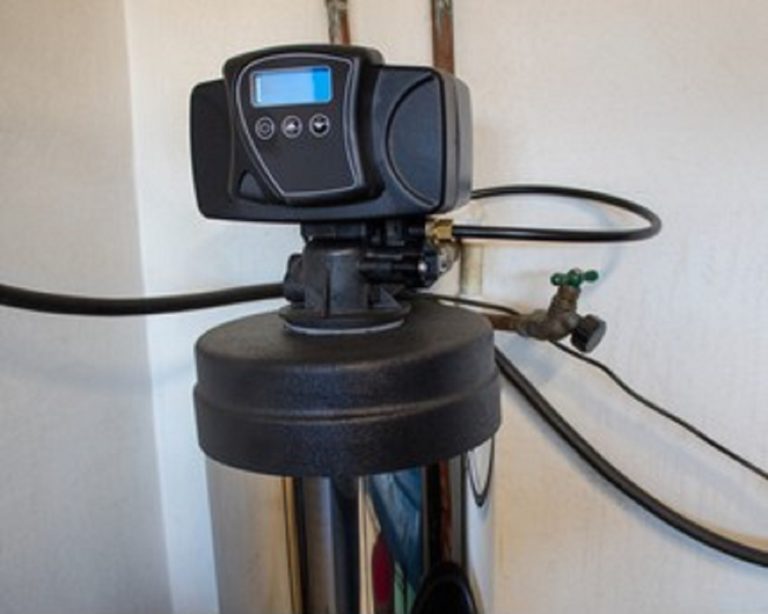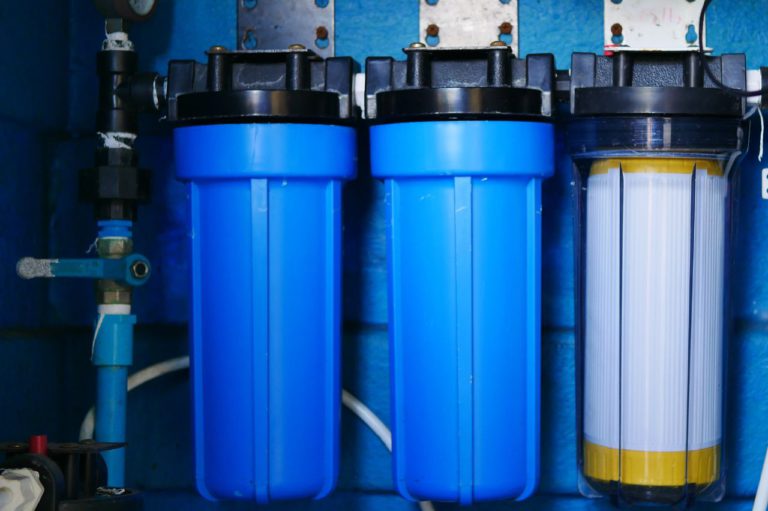Reverse Osmosis or Distilled – Which Type is Best?
Reverse osmosis vs distilled water. Deciding between reverse osmosis (RO) and distilled water can be challenging, particularly when you don’t understand the differences. In this guide, we’ll break down the pros and cons of each option so you can make an informed decision about which is best for your needs.
What is Reverse Osmosis Water?
Reverse osmosis (RO) is a type of filtered water that is produced by passing tap water through a semi-permeable membrane. The membrane filters out large molecules, contaminants, and dissolved solids from the water, leaving behind only clean drinking water. Unlike other forms of filtration, RO removes nearly 100% of all bacteria and viruses, as well as unhealthy minerals like lead and heavy metals.
While reverse osmosis water is considered to be cleaner and healthier than water that has been through other filtration methods, it does have a few drawbacks. For starters, the process of filtering water with RO can remove important minerals that are beneficial for your health. Additionally, because the membrane filters out larger particles, the resulting water may taste flat and lack flavor compared to distilled or mineral water. However, if safety is what you’re looking for, then RO may be the best choice when it comes to clean drinking water.
What is Distilled Water?
Distilled water is created by boiling water and condensing the steam back into liquid form. During the process, any contaminants contained in the water are left behind, allowing only pure, clean drinking water to be collected. Distilled water has a much higher quality of purity than other types of filtered waters thanks to its unique ability to remove bacteria, viruses, and minerals from the drinking supply.
Distilled water is different from reverse osmosis (RO) water, which also is free of bacteria and viruses. However, RO water still contains minerals like calcium and magnesium because it does not undergo a boiling process like distilled water does. As such, many people prefer distilled water for drinking and cooking due to its superior quality of cleanliness. Distilled and reverse osmosis waters are both excellent choices for those looking for a reliable source of pure drinking water.
Benefits of Reverse Osmosis and Distilled Water
Reverse osmosis and distilled water offer different levels of purification for consumers. Reverse osmosis utilizes a semipermeable membrane that helps to filter out dissolved solids, minerals, microorganisms, chemicals, and other contaminants. This process has been proven as an effective way to purify drinking water as it removes 99% of the pollutants in tap water.
Distilled water is created by boiling contaminated water and then collecting the steam which evaporates most impurities. While both methods are considered safe ways to create purified drinking water, reverse osmosis is generally the best choice if you’re looking for an extra level of assurance that no contaminants remain in your drinking supply.
Limitations of Using Both Types of Water for Different Purposes
Reverse osmosis is a more thorough form of filtration, as it removes up to 99% of all contaminants. However, due to its lack of minerals, it is best used for non-drinking purposes such as watering aquariums and houseplants. In contrast, distilled water has little to no mineral content, making it ideal for humidifiers and steam irons since it leaves behind no residue on the surfaces that are exposed to the steam. That being said, the lack of beneficial minerals also makes distilled water not suitable for drinking since the body needs those minerals for various metabolic processes. Clearly, understanding the shortcomings of each type of water is essential when choosing which type should be used for a particular purpose.
Reverse Osmosis vs Distilled Water
Reverse osmosis is more affordable than distilled water as it requires less energy and is more efficient at filtering out dissolved salts. On the other hand, distilled water removes minerals from the source water effectively making it ideal for applications like home steam irons, humidifiers, and car batteries. Both processes also eliminate many pollutants like lead and arsenic that can be harmful to our health. In addition, both reverse osmosis and distilled water offer superior levels of taste, odor and clarity compared to source water.
Final Thoughts
It is important to note that while reverse osmosis and distilled water are similar in terms of their abilities to reduce particles from source water, there are some key differences between the two. The primary difference lies in the level of filtration; reverse osmosis removes a greater amount of dissolved solids than does distillation, making it more effective at reducing small contaminants such as bacteria and viruses.
On the other hand, distilled water has the advantage of preserving any essential minerals that remain following filtration, so it’s slightly healthier for drinking purposes, although both processes produce a tasteless product. Ultimately, the decision between reverse osmosis and distilled water comes down to personal preference and intended use—distilled water may be better suited for drinking while reverse osmosis is best for applications such as aquariums or car batteries.







